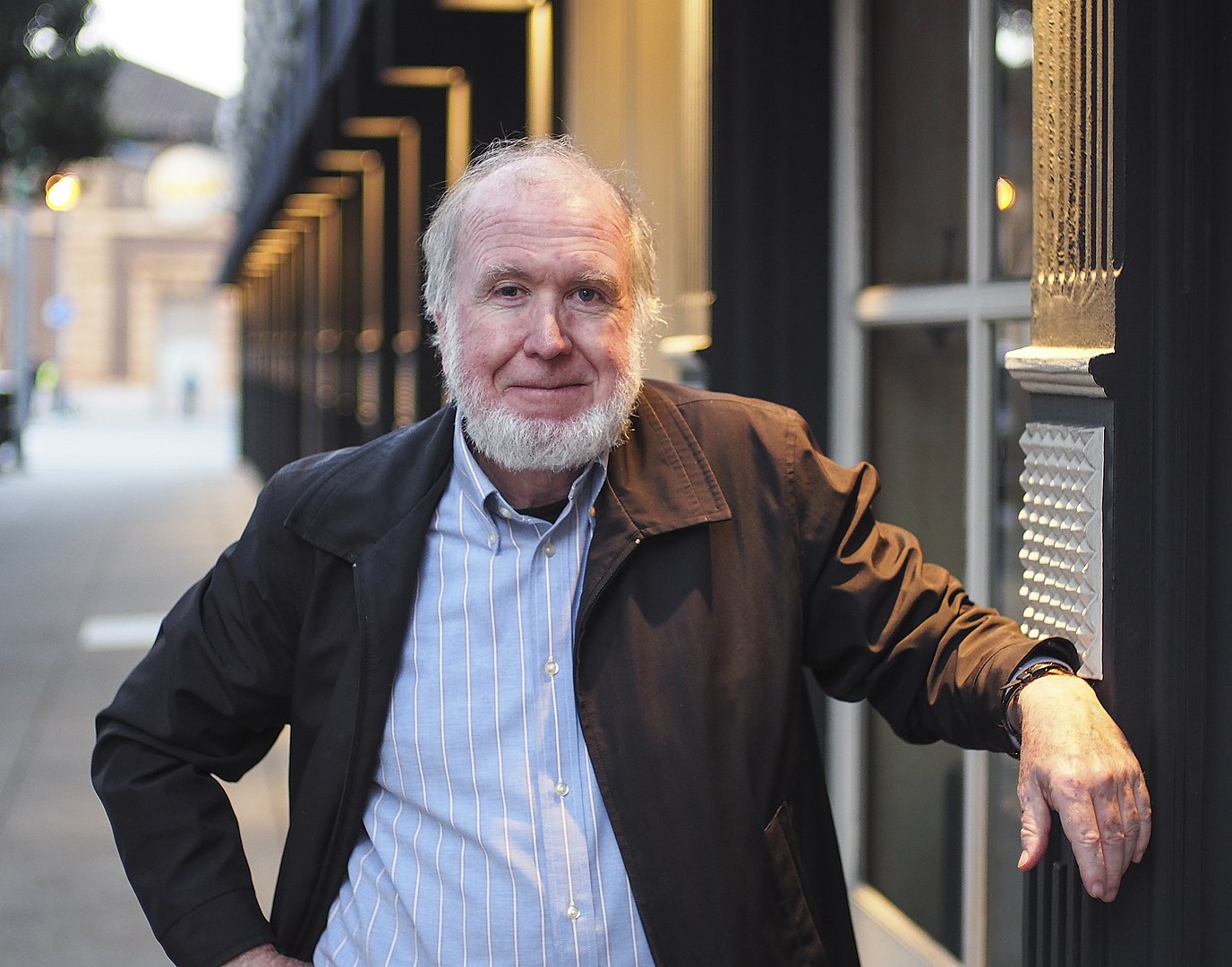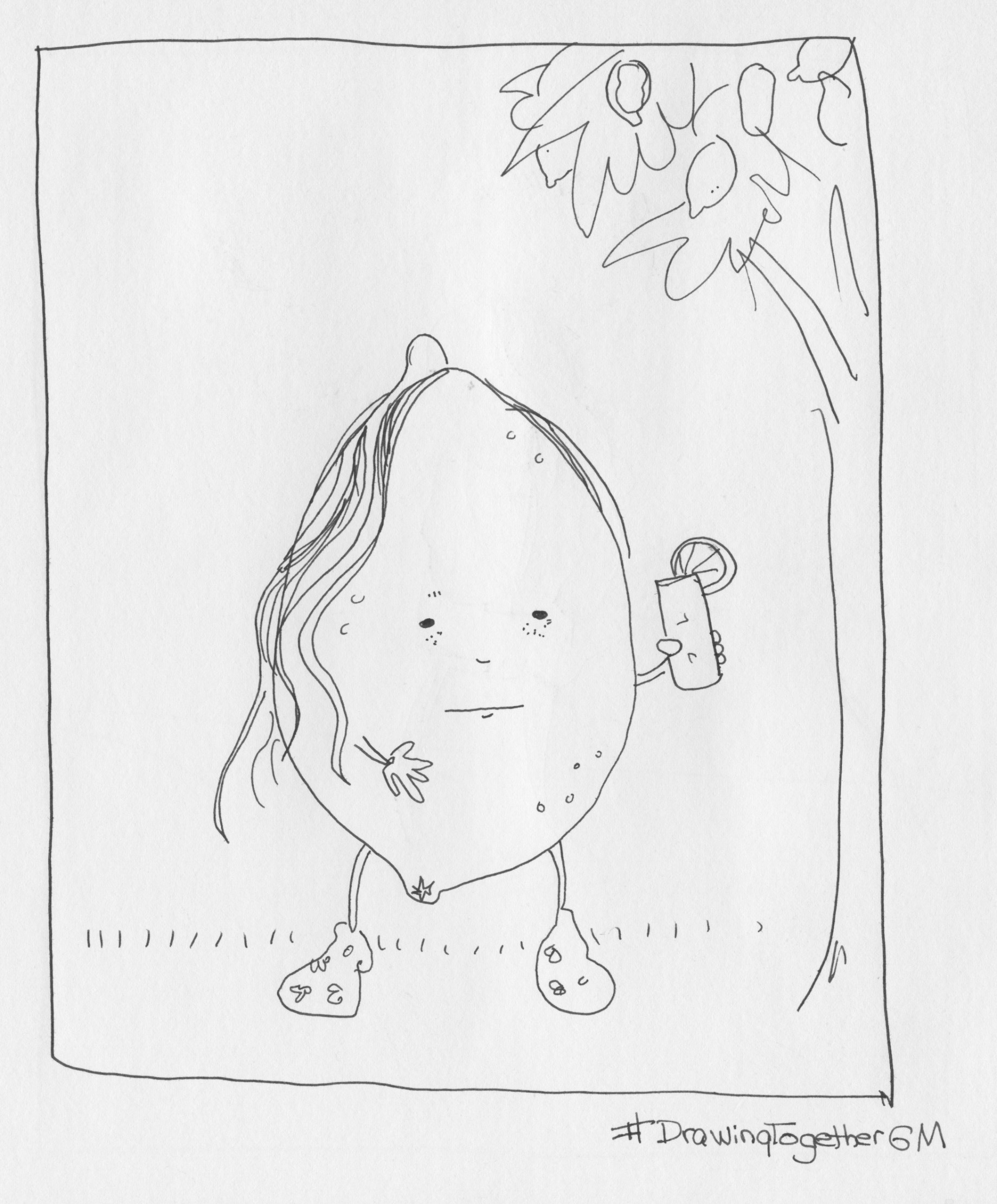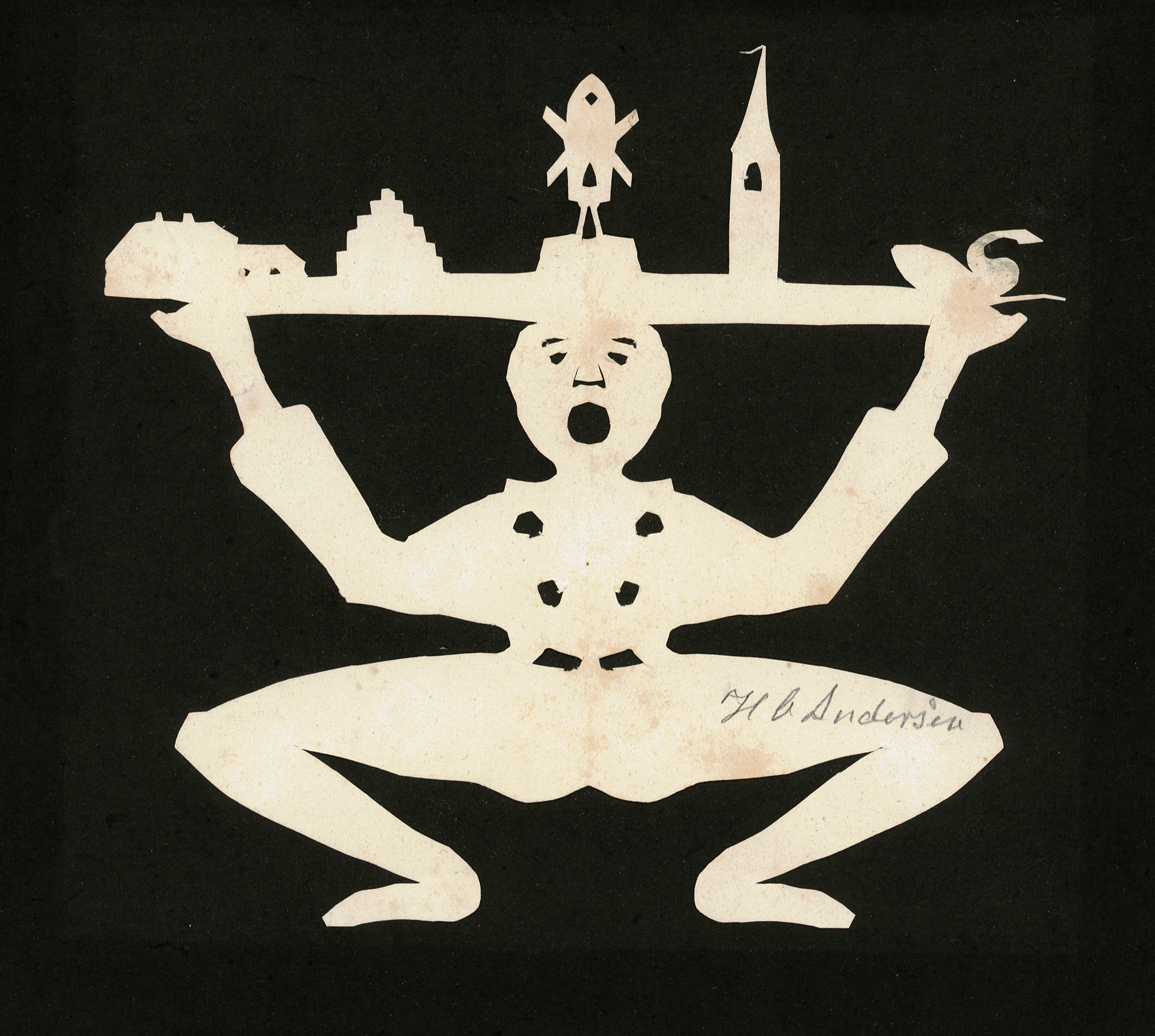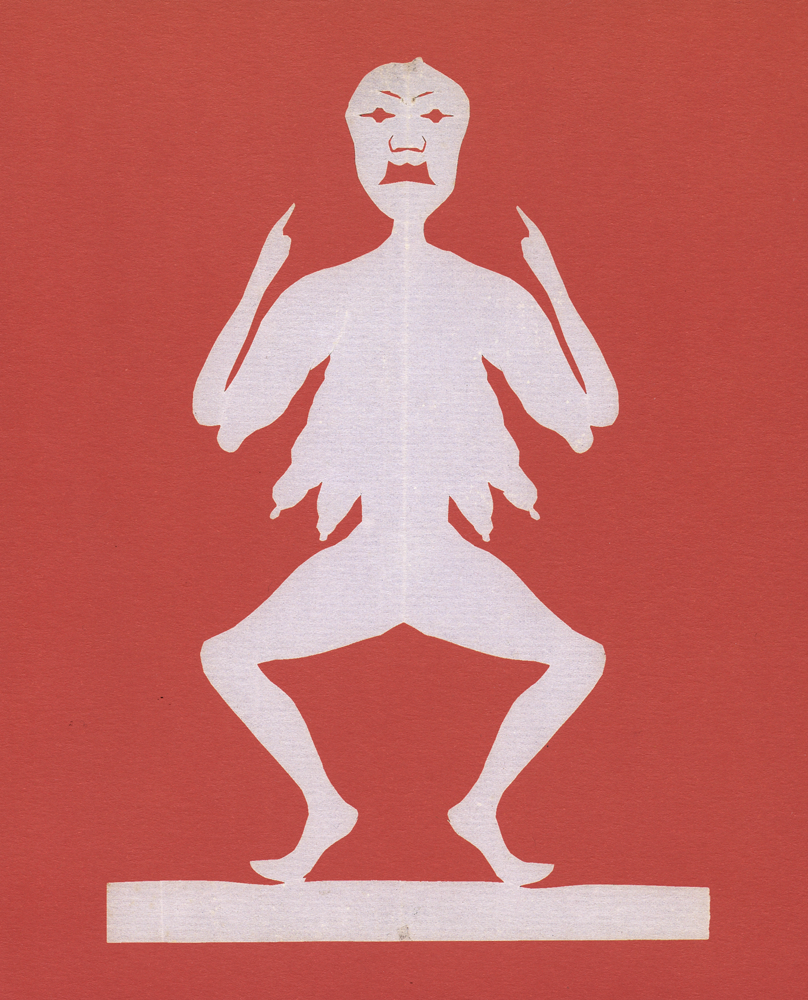When COVID 19 struck, theater lovers were faced with a choice.
Let go entirely, or expand our definitions of what constitutes “theater.”
We’ve had 14 months to get used to the idea of performances staged in closets, in podcast form, or as phone calls hinging on audience participation.
We’re sick of Zoom, but we no longer consider it mandatory for the players to inhabit the same space as each other or the audience.
This is all old news to Peter Brooke Turner, a member of the Ukulele Orchestra of Great Britain and the founder of the Airline Toilets Theatre Company.
The ATTC’s repertoire consists of great works of literature, song and dance… performed exclusively in aircraft lavatories, a true feat when one considers that Turner, impresario and sole company member, is 6’8”.
2015’s inaugural production, above, remains among the company’s most ambitious — a 50th anniversary recreation of Bob Dylan’s 1965 promotional film clip for Subterranean Homesick Blues, shot on various flights throughout the Ukulele Orchestra’s US tour.
Before long, Turner’s carry-on was stuffed with props and costumes — a toga, three self-adhesive Abraham Lincoln beards, a fat suit, a plastic cigar, cardboard face masks of Jimi Hendrix and Queen’s Brian May, and a numbers of inflatables, including a woman, a horse, and a not particularly realistic handgun.
Staging solo, site specific mini productions struck Turner as a far more amusing prospect than remaining in his seat, watching a movie:
I don’t like passive consumerism — I’d rather make my own movie than watch some CGI blockbuster on a plane. 90% of touring is NOT performing but sitting around on a plane/train/bus staring into space — I’m just trying to do something creative to make the time pass.
With advance planning, the simpler productions can make it into the can on a single take.
The James Bond Tribute, below, which called for costume changes, puppets and cardboard masks of Sean Connery, Roger Moore, and Daniel Craig, was shot in segments — London to Frankfurt, Singapore to Auckland, and Singapore to London.
Rather than projecting for the benefit of folks in the non-existent back row, Turner prefers to lip synch prerecorded lines, fed to him via earbud. This helps dial down the suspicions of flight attendants and fellow passengers. Once the “occupied” light comes on, he reckons he has between 7 to 10 minutes to take care of business. Should anyone question the length of his stay, or his large bag of costumes and props, his excuse is that “I suffer from haemorrhoids and need to change my pants. (Believe me, this is a conversation no one wants to take further.)”
Watch a playlist of the Best of the Airline Toilets Theater Company here.
Related Content:
Drift: Passenger Shoots Striking Short Film Out of Airplane Window
Artist Nina Katchadourian Creates Flemish Style Self-Portraits in Airplane Lavatory
Ayun Halliday is an author, illustrator, theater maker and Chief Primatologist of the East Village Inky zine. Join her June 7 for a Necromancers of the Public Domain: The Periodical Cicada, a free virtual variety honoring the 17-Year Cicadas of Brood X. Follow her @AyunHalliday.


















